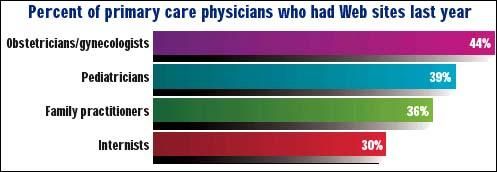Article
Practice Beat
Coding, eMedicine, Medical Malpractice, Abortion
Practice Beat
Joan R. Rose
Coding: Doctors: Anthem's business practices are barriers to care
Numerous complaints from physicians about the business practices of Indiana-based Anthem prompted the AMA and 19 other organizations to address their concerns in a letter to President and CEO Larry Glasscock. The letter was intended to "educate" Anthem on misapplication of CPT codes, guidelines, and conventions to deny payment to physicians. The groups took issue with Anthem's non-negotiable provider contracts that permit the insurer to "arbitrarily and unilaterally" reassign or rebundle CPT codes without the express permission of the physician. What's more, Anthem's critics say, the insurer downcodes inappropriately, refuses to recognize CPT modifiers, and unfairly penalizes physicians who provide multiple services on the same date.
In closing, the groups put Anthem on notice that they will continue to monitor and act on physician complaints. Anthem is the Blue Cross and Blue Shield licensee in nine states and provides health care benefits to more than 10 million Americans.
Anthem professes to review its business practices and reimbursement methodologies continuously in light of concerns that are raised by physicians. The carrier says it is conferring with medical directors and other health care personnel at the state and regional levels.
eMedicine: Physicians are becoming more comfortable with the Internet
Nearly half of the 977 physicians surveyed during the last five months of 2001 report that the Web has had a "major impact" on the way they practice medicine, according to a new study by the AMA. On average, the doctors say, they used the Internet 7.1 hours a week last yearup from 4.3 hours in 1997and expect to be spending even more time (9.6 hours a week) on the Net in the next six months. While older physicians still seem to be less accepting of electronic medicine than their younger colleagues, their use of the Web is increasing too. In 2000, just 43 percent of physicians 60 years of age or older used the Internet; by last year, that proportion had risen to 65 percent.
Three of ten doctors who use the Net also have a Web site to promote their practices and provide patient education.

Medical Malpractice: Nevada bets on a law that limits doctors' financial liability
The Nevada legislature has unanimously passedand Gov. Kenny Guinn has signedwhat he calls the "most comprehensive tort reform [bill] in [the state's] history." The law generally caps noneconomic damages in medical malpractice cases at $350,000 per defendant, and civil damages stemming from trauma treatment at $50,000.
In addition, lawmakers shortened the statute of limitations and adopted a liability standard which holds that no single defendant can be held liable for the entire judgment. Other provisions allow for periodic payments and authorize the court to force attorneys to pay personally costs that result from their unreasonable conduct in civil litigation.
Abortion: A newly protected group the "born alive"
President Bush has signed into law the Born-Alive Infants Protection Act of 2002. The law, which is similar to those in many states, ensures that infants who are born alive are fully protected under federal law regardless of their stage of development and even if their births resulted from an attempted abortion.
Critics and some media sources have slammed the law as an attempt to outlaw partial-birth abortions, but congressional supporters say the bill does not change the legal status of unborn or partially born humans. The bill defines "born alive" as the complete extraction or expulsion from his or her mother, followed by a heartbeat, respiration, or movement of voluntary muscles.
The author is a Contributing Writer.
Joan Rose. Practice Beat. Medical Economics 2002;18:13.





